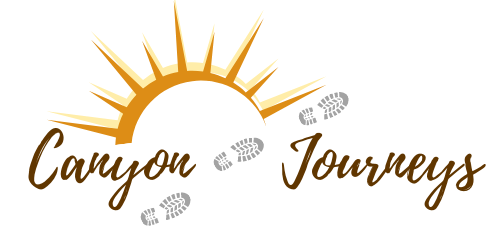Baca County, Colorado 1887-1889
Seated on a bench above East Carrizo Creek, the Carrizo Springs townsite is still visible if you know what to look for. A couple of rows of rock foundations mark the “Main Street” with lots of stone rubble and other foundations found within about a quarter of a mile, or a little over, of the downtown. The townsite was started in December of 1887. Ike Osteen says Dec 17, 1887 in his book “A Place Called Baca.” However, it is said in other sources that the townsite was recorded in November of 1887. The name Carrizo Springs refers to the creek running near the townsite and the word Carrizo is Spanish for “reed grass.”
The town wasn’t long lived. But it flourished in 1888-1889 and included four saloons, two cafes, a general store, a school, a newspaper called the Carrizo Current and possibly another called “The Optic”, a hotel called the La Mesa Hotel was considered “commodious” and “handsomely furnished.” and most likely a stage stop during its time. The town was such a booming place during this time that it was considered as one of the towns to become the county seat for Baca County.
The Lamar Register refers to the town as “a gathering place for roughs and toughs and one of the wildest place son the western frontier.” Carrizo Spring’s location lent it to being a rough place. “No Man’s Land” of today’s Oklahoma Panhandle and “The Cedars” comprised of the mesas and canyons leading down to the Cimmaron River to the south came right up to the edge of town. This allowed those who didn’t want to be found a fairly easy and quick escape.
The town was comprised of some early homesteaders, probably some miners looking for gold, silver and copper, cowboy’s on the many open range ranches of the region of Colorado, New Mexico, and the Oklahoma Panhandle, and whatever rough characters might have visited from No Man’s Land. In the spring or early summer of 1888 the town of Carriso (or Carrizo) Flats, about 5 miles to the east, picked up its buildings and people and moved to Carrizo Springs. Supposedly because their water supply went dry or the well they dug failed. This added another 150 or so people to the booming town overnight. The population estimates for the town range from about 400 people in 1888-1889 to over 2,000 with all of the potential mining interests in the area.
There is some confusion about Carrizo Springs and Carrizo City. Carrizo Springs was the earlier of the two towns between Carrizo (also known as Carrizo City we believe). These two towns were the most prominent of the area in south west Baca County in the late 1800’s. Carrizo Springs existing from late 1887-1889/1890 and pretty well gone by 1891. Carrizo was located about 6 miles to the south again along Carrizo Creek but mainly a mining town with miners looking for copper. It was believed to have started shortly before Carrizo Springs died and was in existence for possibly the next 10-20 years in some state or another.
The Bear Canyon Copper Company formed in the 1890’s employed around 60-70 men and they probably lived in or near Carrizo City. The town probably had left overs from Carrizo Springs as well. Exactly when the town was established or how long it existed is fairly obscure. There was apparently something there in the late 1800’s, although many sources date the town as later 1907 or even in the teens. The Lamar Register noted in 1900 that Carrizo would soon be giving Lamar a close run as “the liveliest town in southeastern Colorado.” The Post Office for this town is recorded for 1900-1902, and 1907-1916. The town site and the mining carried on in the region ebbed and flowed until 1930. Carrizo City and Copper City are also confused later as the mining towns in the area and their histories are hard to separate. Copper City was probably later than Carrizo City, but they may have been nearly the same thing. They were very close in location in any case, both being located near Bear and Skull Canyons in SW Baca County. Now all private property.
A Place Called Baca, Ike Osteen, Pages 35-37, 1979
Atlas of Colorado Ghost Towns Vol. 1, Leanne C Boyd and H. Glenn Carson, Pages 20-22, 1984
Ghosts of the Colorado Plains, Perry Eberhart, Pages 164-166, 1986
